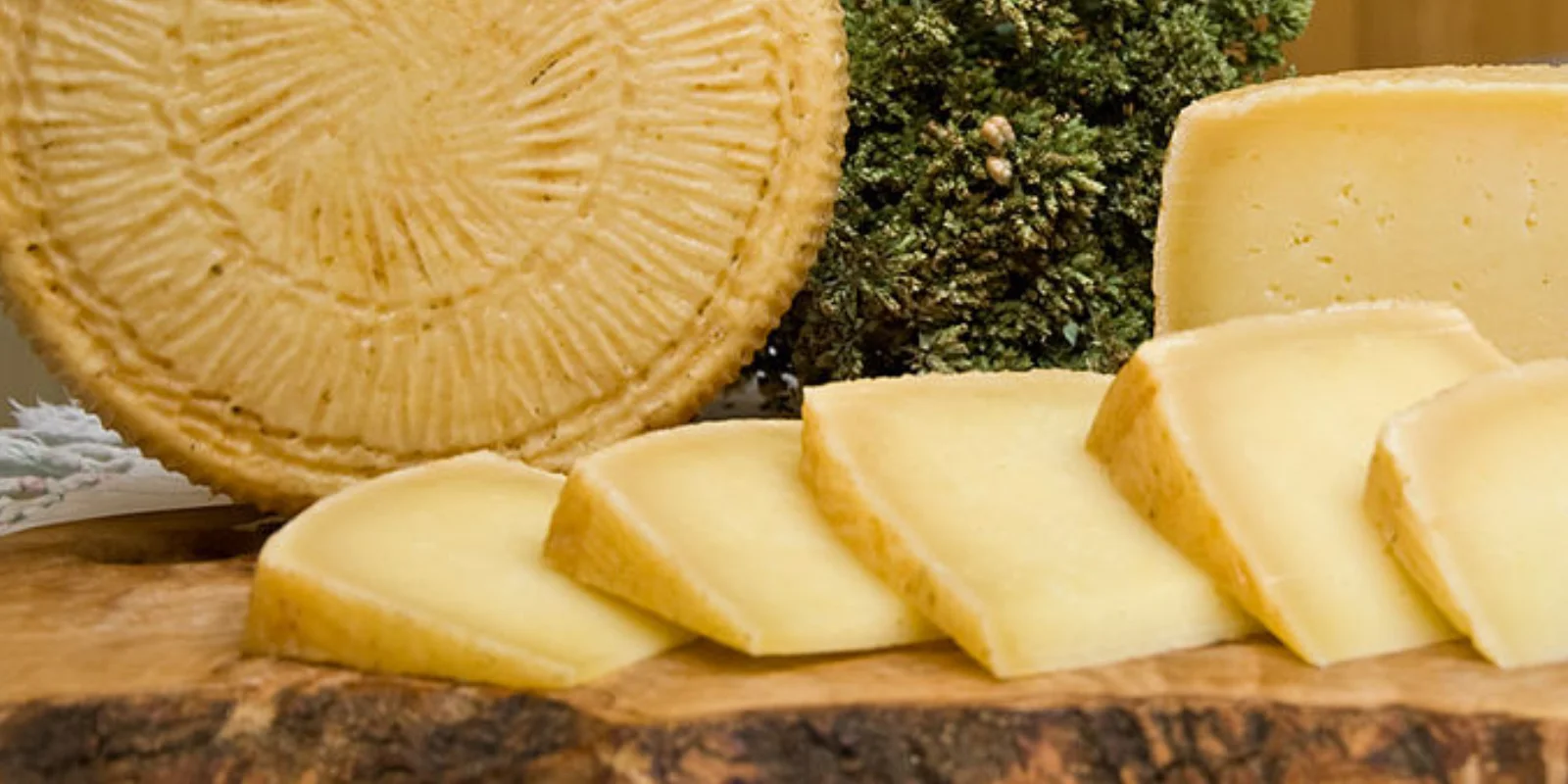Pecorino cheese is a staple of Italian cuisine, beloved for its sharp, tangy flavor and versatility in a variety of dishes. Made from sheep’s milk, pecorino cheese has been produced in Italy for centuries and is now enjoyed around the world. In this article, we’ll explore the history and production of pecorino cheese, the laws protecting its quality, the differences between regional varieties, and its health benefits as part of a Mediterranean diet.
Pecorino cheese is a hard, aged cheese made from the milk of sheep. It is believed to have originated in ancient Rome, where it was a staple food for soldiers and travelers due to its long shelf life. Even famous author and historian Pliny the Elder described the production of pecorino cheese in his works.
Today, pecorino cheese is produced in many regions of Italy, each with its own distinct flavor and texture.
How is Pecorino Cheese Made?
The production of pecorino begins with the milking of sheep. The milk is then heated and mixed with rennet, a coagulating agent that causes the milk to solidify. The resulting curds are then cut, drained, and pressed into molds, where they are left to age for several months.
During the aging process, the cheese develops its characteristic flavor and texture. Pecorino cheese is known for its sharp, tangy flavor and crumbly texture, which makes it ideal for grating over pasta dishes or enjoying on its own as a snack.
Laws Protecting Pecorino Cheese Quality in Italy
In Italy, the production of pecorino cheese is highly regulated to ensure its quality and authenticity. In 1955, the government established the Denominazione di Origine Protetta (DOP), which is a designation that guarantees that the cheese was produced using traditional methods and meets strict quality standards.
To earn the DOP designation, pecorino cheese must be made from the milk of sheep raised in specific regions of Italy and must adhere to strict production methods. This designation helps to protect the quality and authenticity of pecorino cheese and ensures that consumers are getting a product that meets certain standards.
Regional Varieties of Pecorino Cheese
There are many regional varieties of pecorino cheese produced in Italy, each with its own unique flavor and texture. Some of the most popular varieties include Pecorino Romano, Pecorino Toscano, and Pecorino Sardo— to name just a few!
Pecorino Romano is a hard, salty cheese that is typically aged for at least 8 months. It is produced in the region surrounding Rome and is commonly used in pasta dishes like Spaghetti Carbonara and Spaghetti Cacio e Pepe recipes.
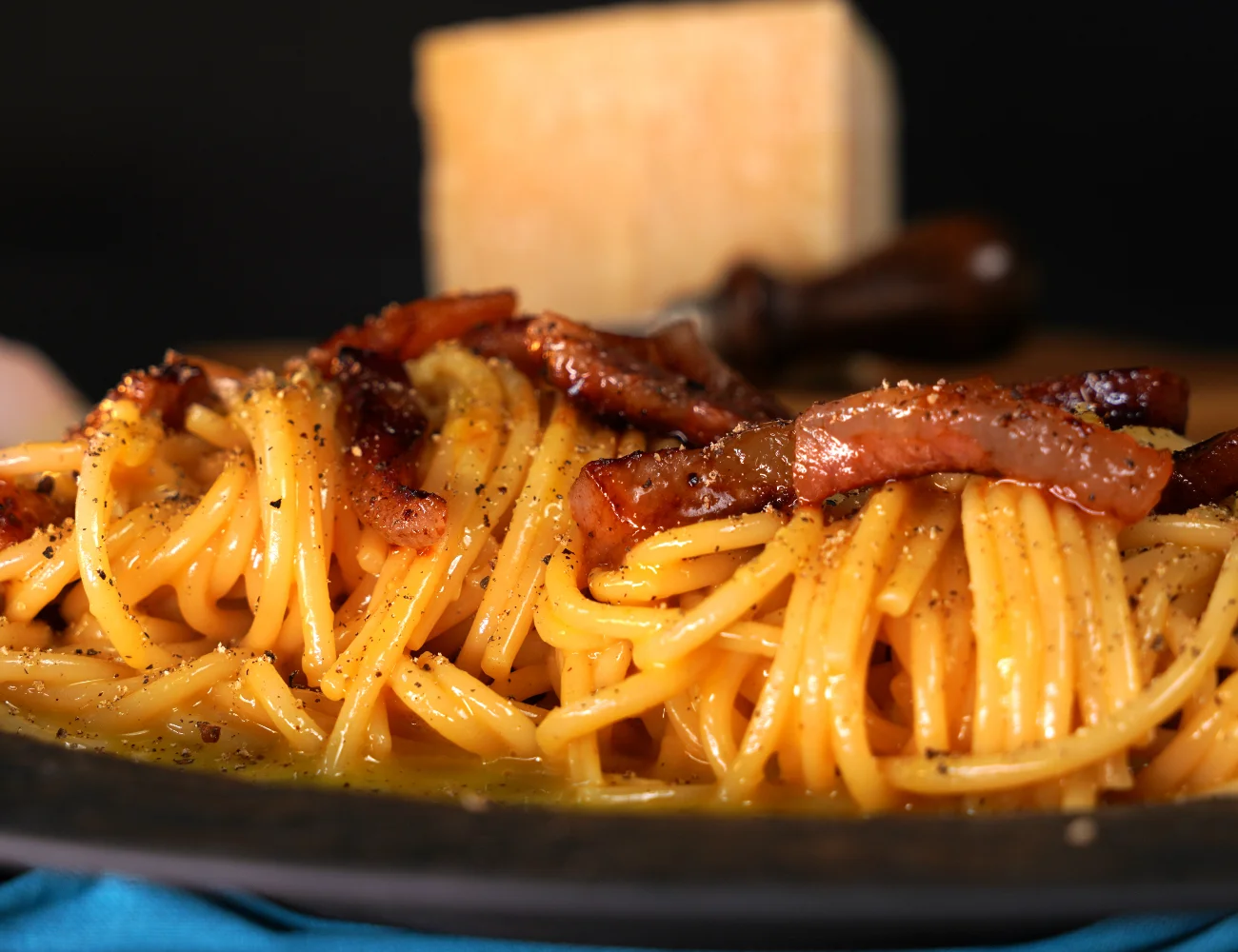
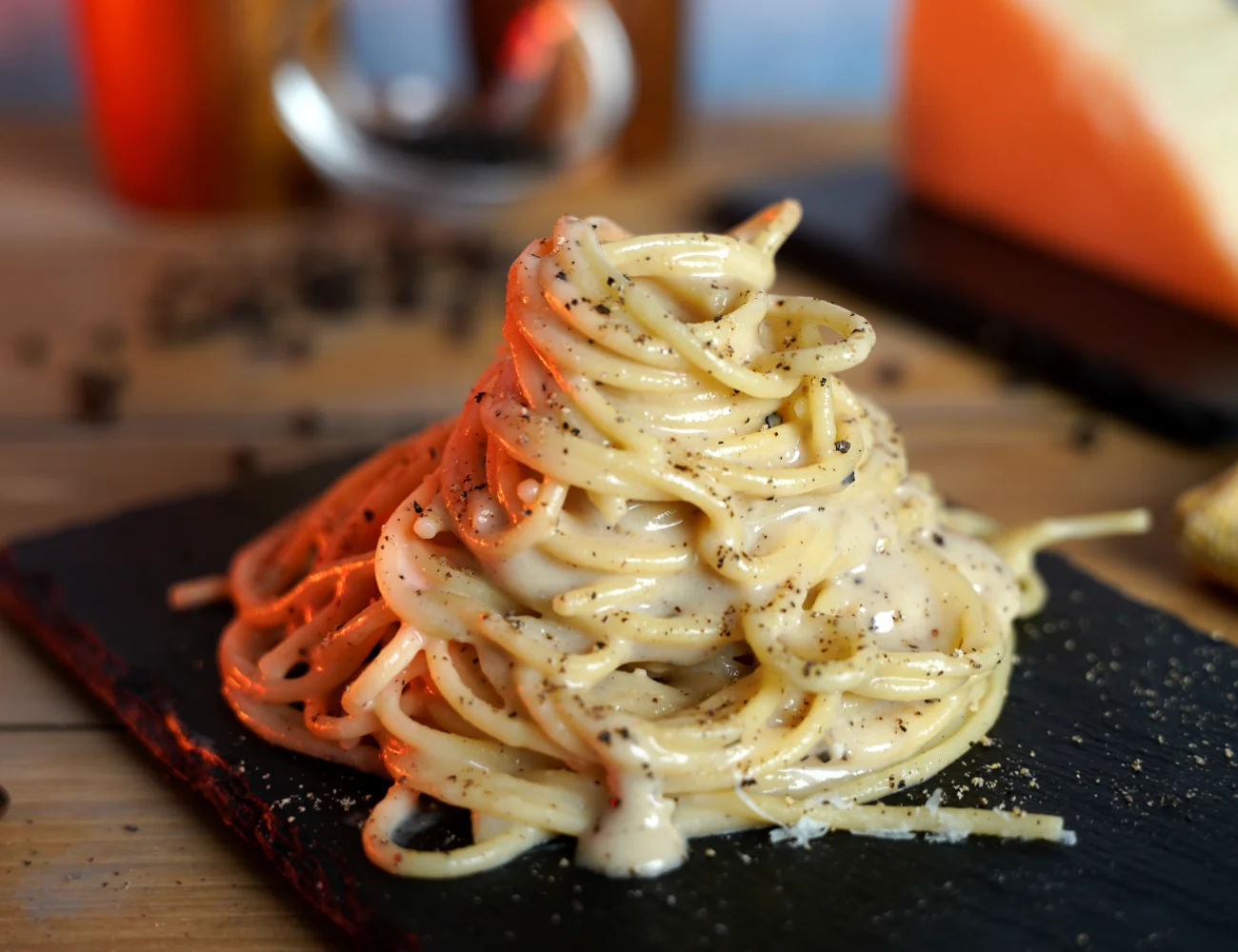
Pecorino Toscano is a milder cheese that is typically aged for 4-8 months. It is produced in Tuscany and is often used in salads or as a table cheese.
Pecorino Sardo is a nutty, slightly sweet cheese that is produced on the island of Sardinia. It is typically aged for 6-8 months.
Health Benefits of Pecorino Cheese
In addition to its delicious flavor, pecorino cheese also offers a range of health benefits. It is a good source of protein and calcium, which are important for bone health. Additionally, the high concentration of healthy fats in pecorino cheese makes it a good choice for those following a Mediterranean diet. Aged cheeses (including both Pecorino and Parmigiano) are typically considered naturally lactose-free since the amount of lactose is so negligible that they are usually tolerated by those with lactose intolerance.
Studies have shown that the Mediterranean diet, which is rich in healthy fats, fruits, vegetables, and whole grains, can help to reduce the risk of heart disease and other chronic conditions. Incorporating pecorino cheese into your diet as part of a Mediterranean-style eating pattern can help to promote overall health and wellbeing.
Pecorino Cheese VS Parmigiano Cheese: What’s the Difference?
Pecorino cheese and Parmigiano cheese are both beloved staples of Italian cuisine, known for their distinctive flavors and versatility in a variety of dishes. While both cheeses are hard, aged, and grated over pasta dishes, they have significant differences in terms of their production methods, taste, and texture.
Production Methods
The main difference between pecorino cheese and Parmigiano cheese is the type of milk used to make them. Pecorino cheese is made from sheep’s milk, while Parmigiano cheese is made from cow’s milk. The production methods for both cheeses are similar, but there are some key differences.
Pecorino cheese is produced by heating sheep’s milk and adding rennet, a coagulating agent that causes the milk to solidify. The resulting curds are then cut, drained, and pressed into molds. The cheese is then aged for several months, during which time it develops its characteristic sharp, tangy flavor and crumbly texture.
Parmigiano cheese is made using a similar process, but with cow’s milk instead of sheep’s milk. The milk is heated and mixed with rennet, and the curds are cut, drained, and pressed into molds. Parmigiano cheese is aged for a longer period than pecorino cheese, typically around two years or more, which gives it a more complex flavor and a harder texture.
Taste and Texture
Pecorino cheese and Parmigiano cheese have very different flavors and textures, due to the type of milk used and the length of the aging process. Pecorino cheese is known for its sharp, tangy flavor and crumbly texture. It is the ‘stronger’ tasting of the two cheeses and is probably more of an acquired taste than is Parmigiano for those new to both cheeses.
Parmigiano cheese, on the other hand, has a more complex flavor profile. It has a nutty, slightly sweet taste that becomes sharper and more complex as it ages. The texture of Parmigiano cheese is also harder than pecorino cheese, making it more difficult to grate, but also more suitable for use in dishes like risotto or shaved over salads.
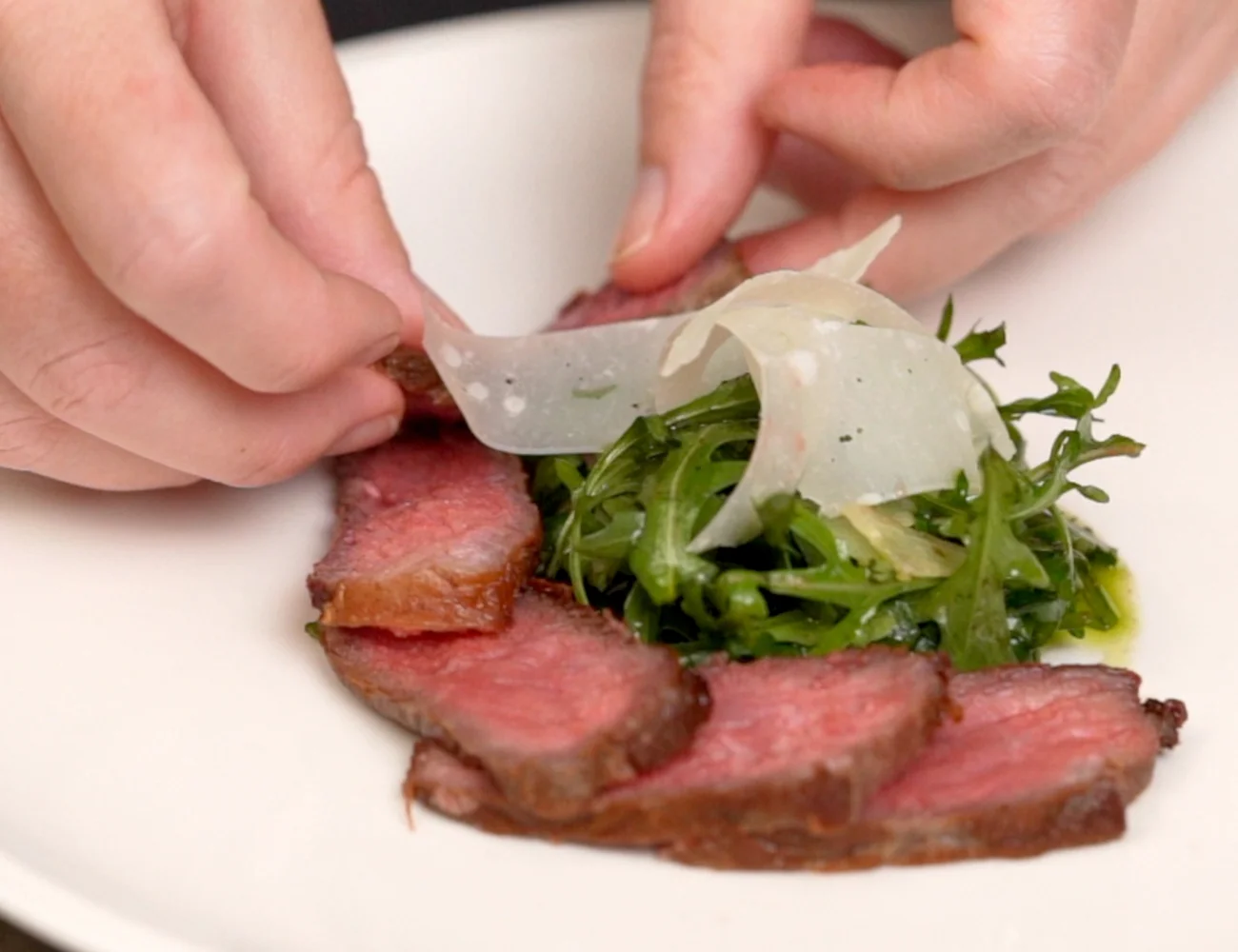
Traditional Italian Recipes
Both pecorino cheese and Parmigiano cheese are used in a wide variety of traditional Italian recipes, but they are often paired with different types of dishes due to their unique flavors and textures.
Pecorino cheese is commonly used in dishes that require a sharp, tangy flavor, such as pasta dishes and soups. Some popular recipes that feature pecorino cheese include Roman food recipes like Spaghetti alla Carbonara, Roman Style Tripe, Spaghetti Amatriciana, Pasta alla Gricia and more!

Parmigiano cheese, on the other hand, is often used in dishes that require a nutty, slightly sweet flavor, such as risotto, salads, and soups. Parmigiano cheese is much more likely in Italy to be used as a generic condiment to various salads and pasta dishes. However, it is the cheese called for in a variety of traditional Italian pasta recipes. For instance, Parmigiano replaces pecorino in the Roman pasta called Fettuccine alla Papalina (Pope’s Pasta), which is essentially a Carbonara with Onions, Prosciutto and Parmigiano.
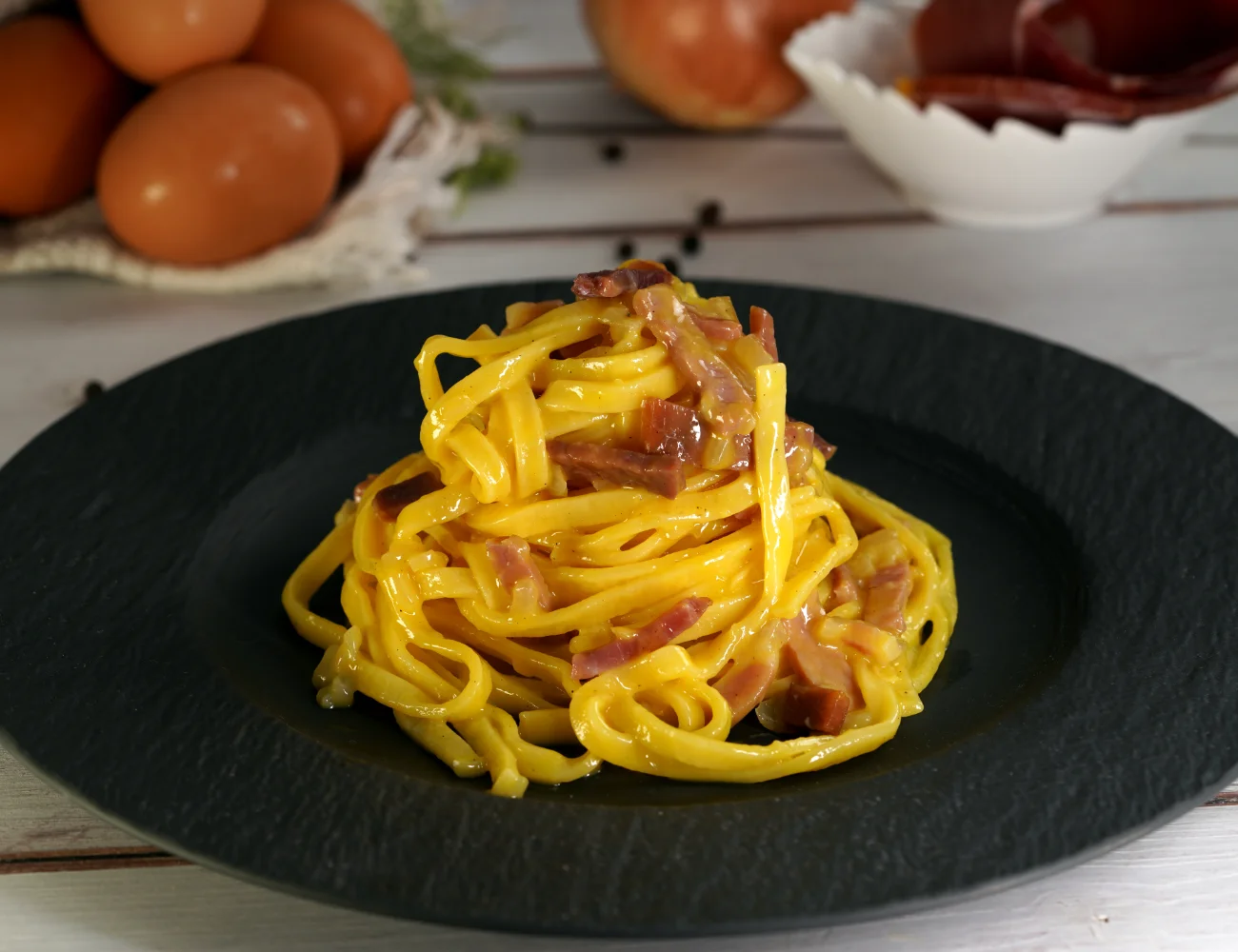
And of course, Parmigiano is the cheese featured in Fettuccine Alfredo, a recipe usually known as Pasta Burro e Parmigiano in Italy.
In conclusion, while both pecorino cheese and Parmigiano cheese are hard, aged, and often grated over pasta dishes, they have significant differences in terms of their production methods, taste, and texture. Pecorino cheese is made from sheep’s milk and has a sharp, tangy flavor and crumbly texture.
In contrast, Parmigiano cheese is made from cow’s milk and has a nutty, slightly sweet flavor and a harder texture. Both cheeses are used in a variety of traditional Italian food recipes, but are often paired with different types of dishes due to their unique flavors and textures.
